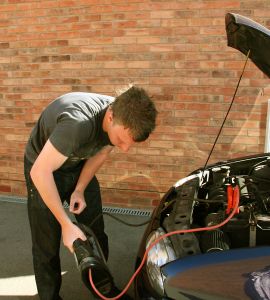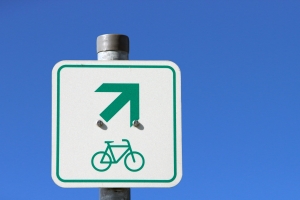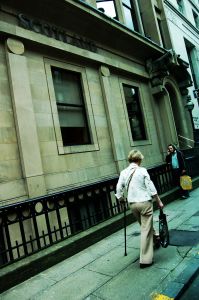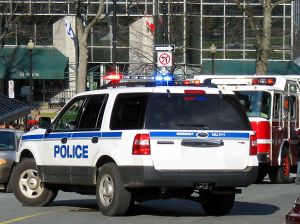For many teenage drivers in Boston, this winter will be the first winter season that they have their driver’s licenses. Other teens may have some winter driving experience but may not yet be fully comfortable on the roads during bad winter weather. In any case, if your teen is driving and is going to be spending time behind the wheel during the winter weather months, it is more important than ever to talk to your teens about safe driving.
Our Watertown car accident attorneys know that teens are always in danger of becoming involved in a fatal car wreck, no matter what month of the year it is. However, we urge parents to make a resolution this New Years to make now the time to talk to their kids about how to be better drivers. Not only can you prepare your kids to drive safely through the winter season, but you can also set them on the right foot for a lifetime of safer and more responsible driving. 
Why Talk To Your Teens About Safe Driving
There are many reasons that now is the time to talk to your kids about driver safety. Some of the key reasons include the following:
- Car accident deaths are the number one cause of death for teenage drivers according to the Centers for Disease Control.
- Teens are prone to driving distracted, which can be deadly. According to Distraction.gov, 11 percent of teens in fatal car accidents were distracted at the time. A University of Michigan Transportation Research Institute study reported by The Car Connection also showed 26 percent of young teen drivers texted every time they drove.
- Teens are prone to drowsy driving, which can also be dangerous or deadly. An AAA study reported in Auto Blog showed they were more likely to drive drowsy than the general population and less likely to stop and rest when they realized they were tired.
- Driving with friends is especially dangerous for teens. The University of Michigan study showed that teens driving with two or three passengers and no adults in the car were twice as likely to die in an auto accident
.
Teens may also be ill-equipped for driving safely in the winter. Many younger drivers don’t know how to deal with snow or ice and aren’t sure to respond if their car skids or gets stuck in the snow. The standard car accident dangers that plague teens can, therefore, be exacerbated when the driving gets more dangerous in the winter months.
How to Help Your Kids Be Safer Drivers
If you want to help your children to become a safer driver both over this upcoming winter and beyond, there are a few key things to do:
- Set driving rules for your child, including rules about texting and rules about having passengers in the car.
- Supervise your child’s driving behavior.
- Discuss the dangers of teen car accidents with your teens, including the statistics on drowsy, drunk and distracted driving deaths.
- Practice safe winter driving with your teen and discuss how to respond in a skid or when there is ice on the road.
- Set a good example when you drive with your child.
By following these tips and talking with your teen this winter about safe driving, you may be able to help avoid a crash that could injure your child, his or her passengers, or other innocent victims on the roads.
Continue reading
 Boston Car Accident Lawyer Blog
Boston Car Accident Lawyer Blog












